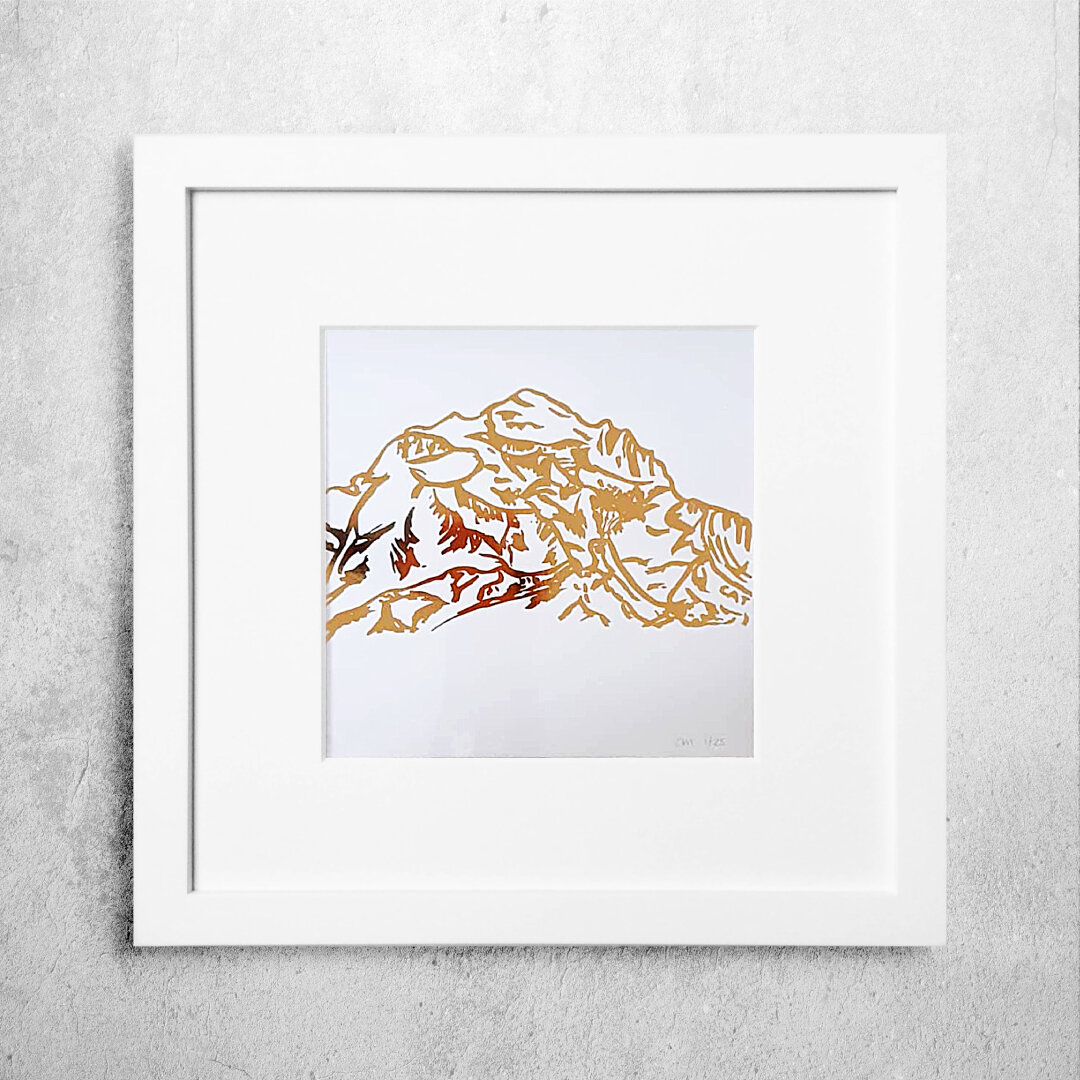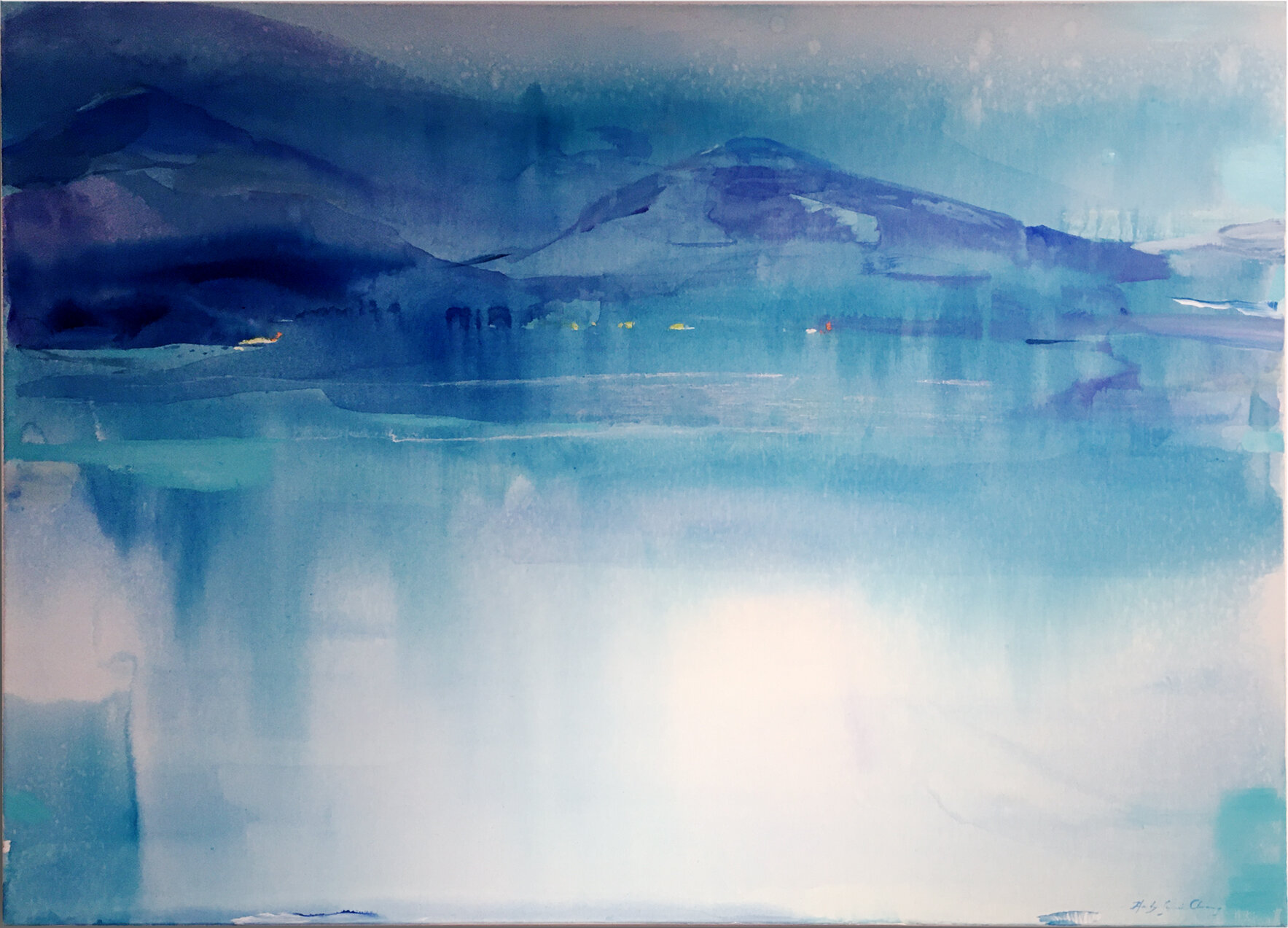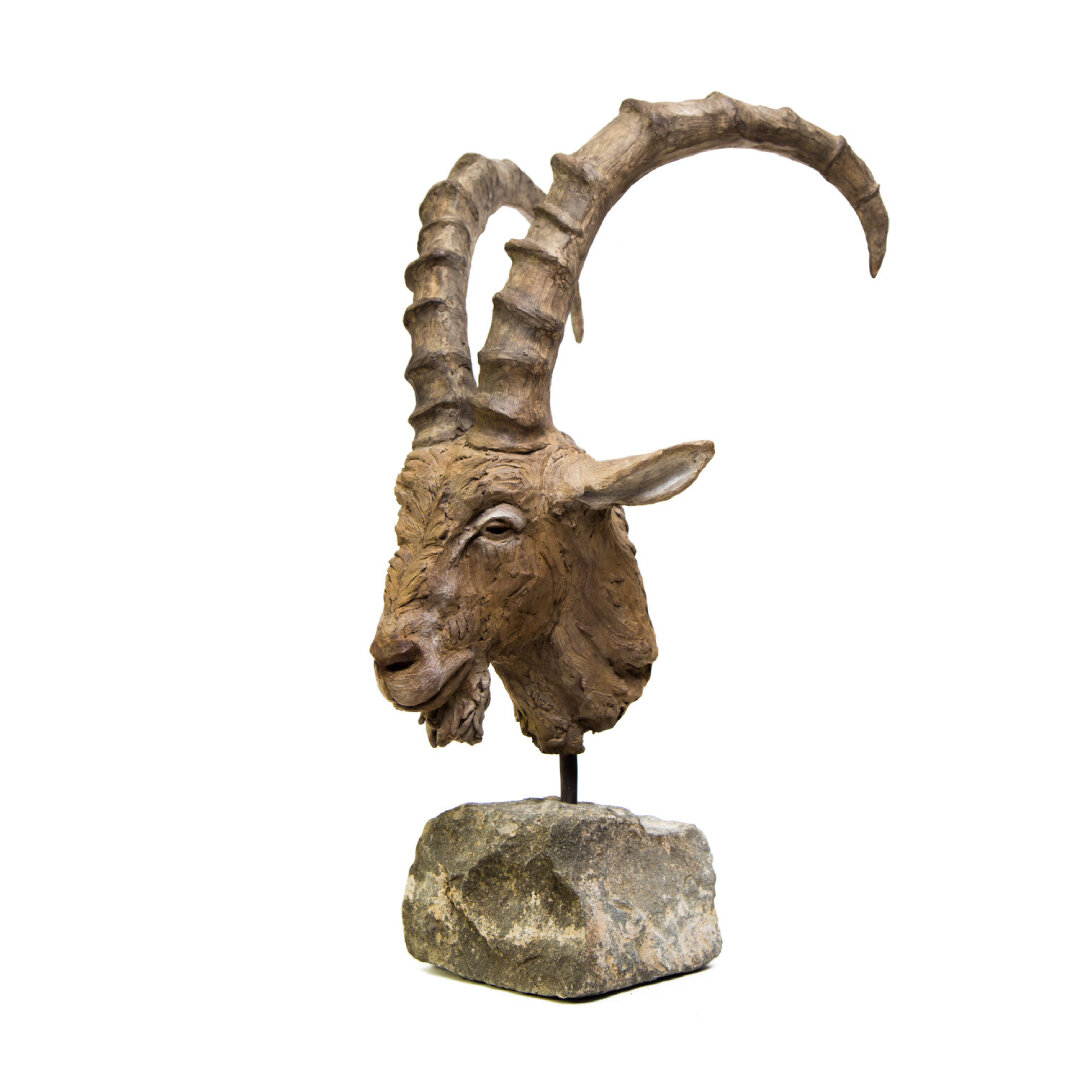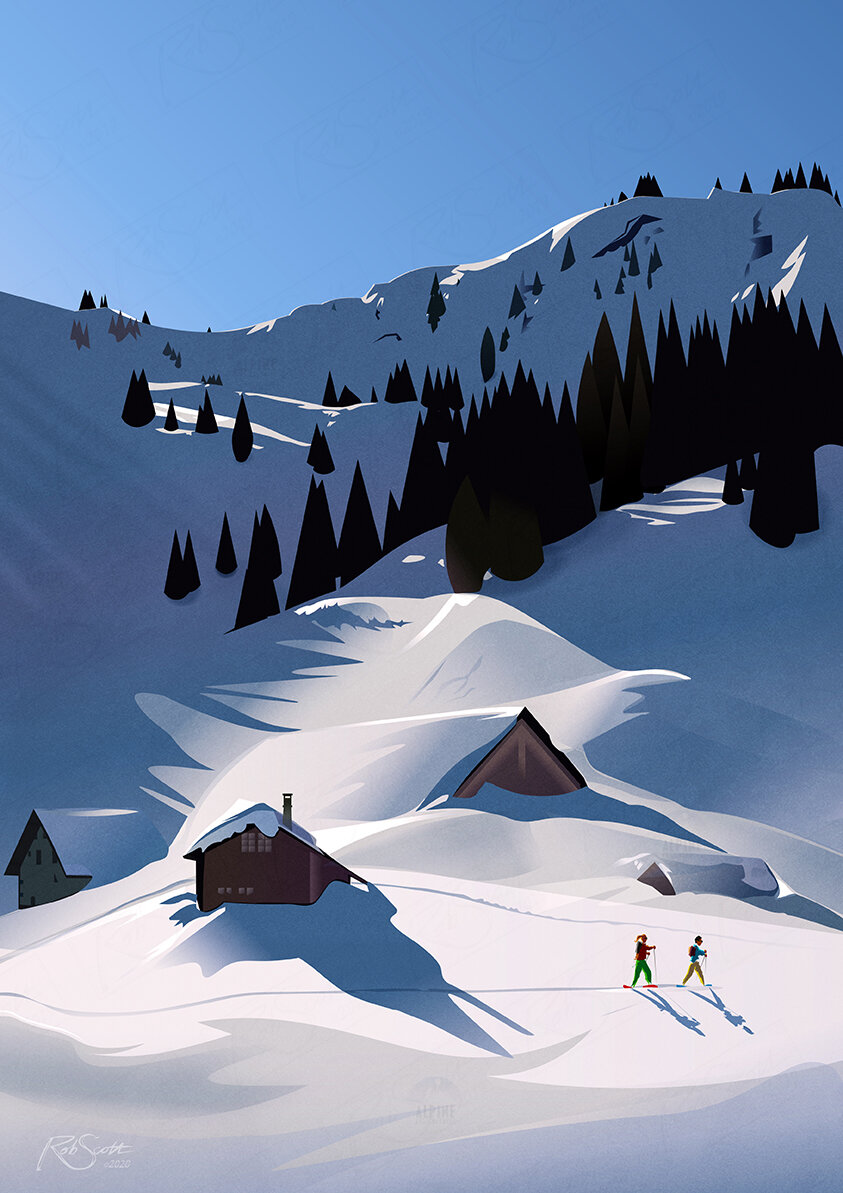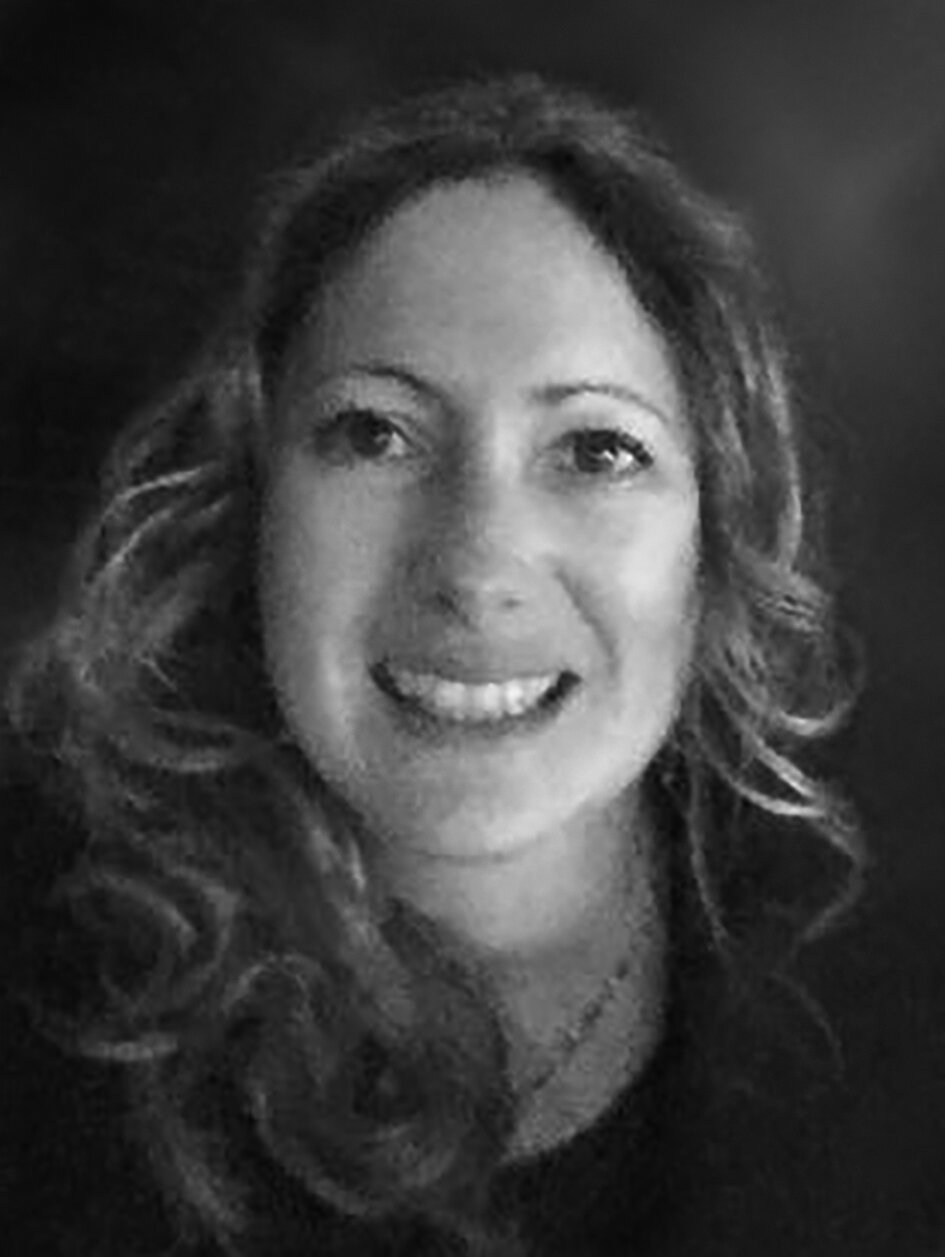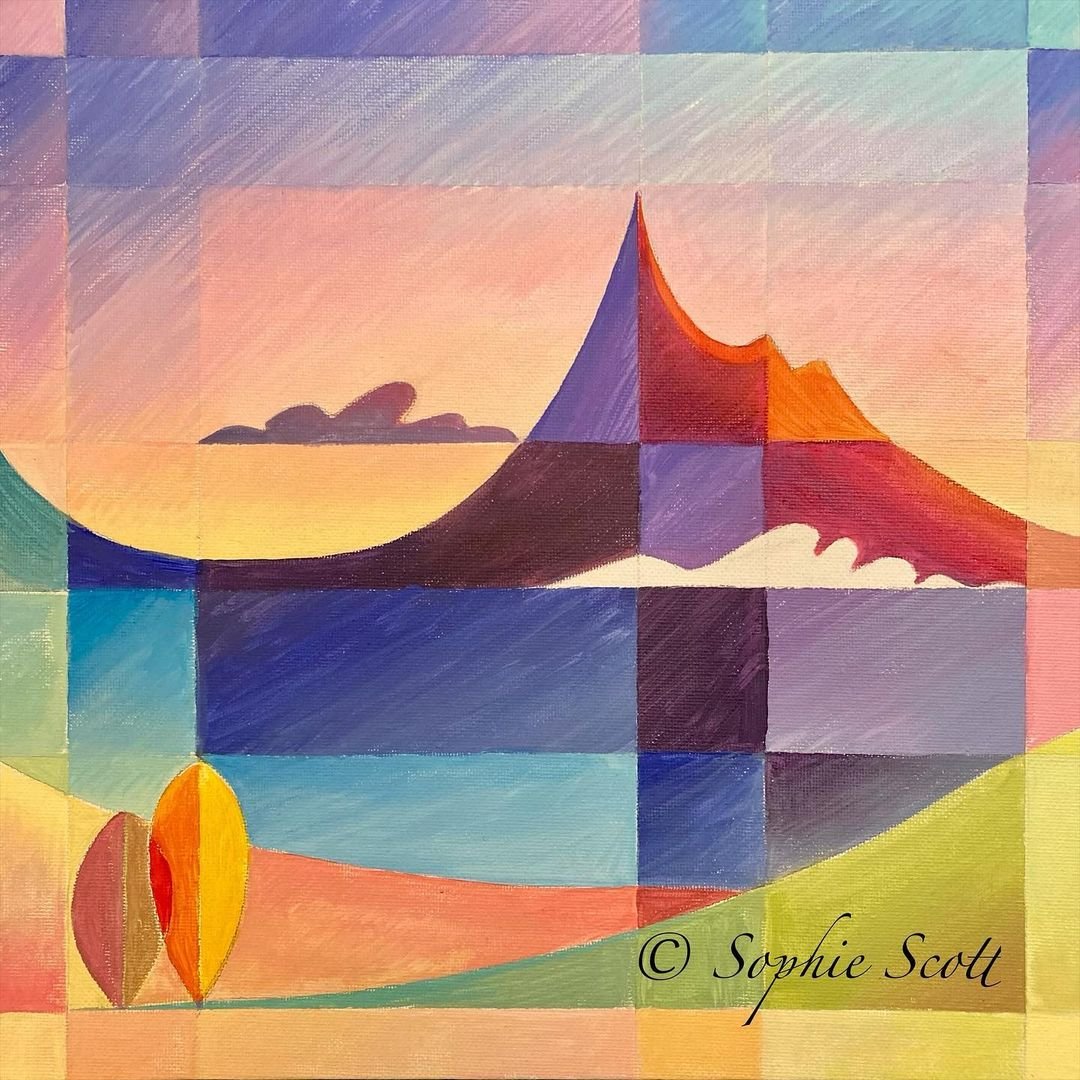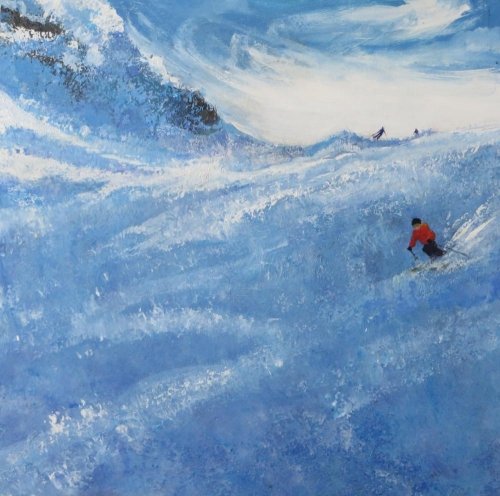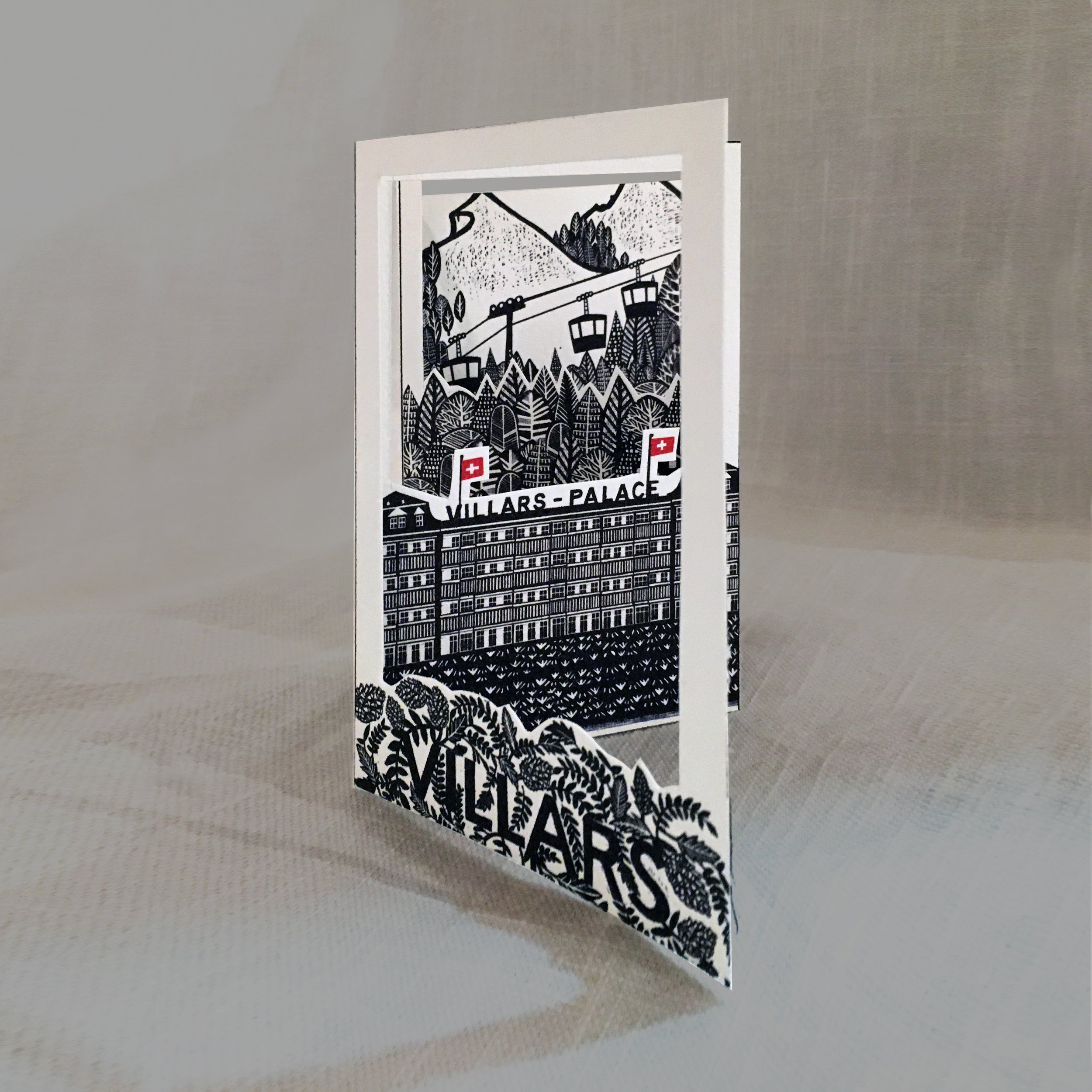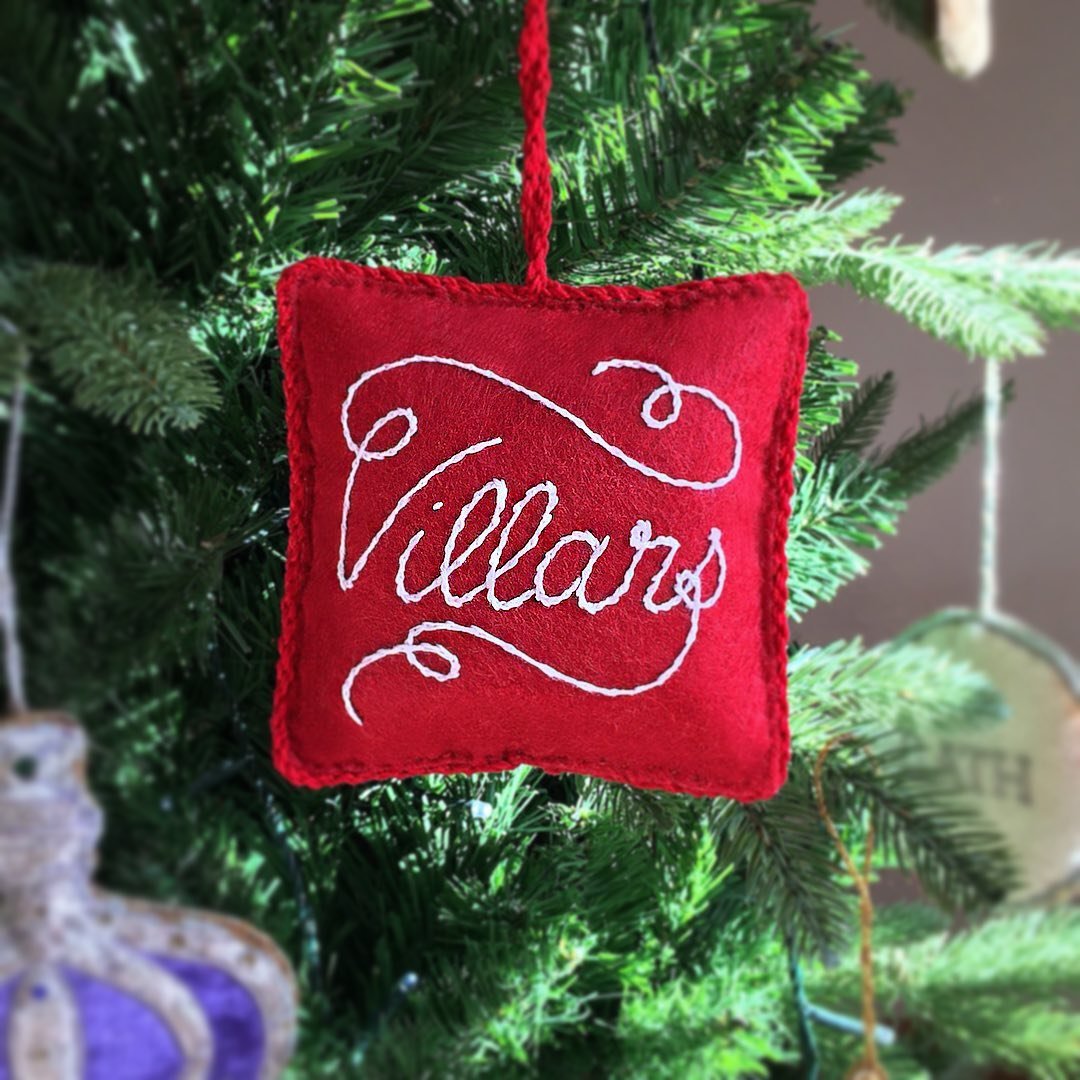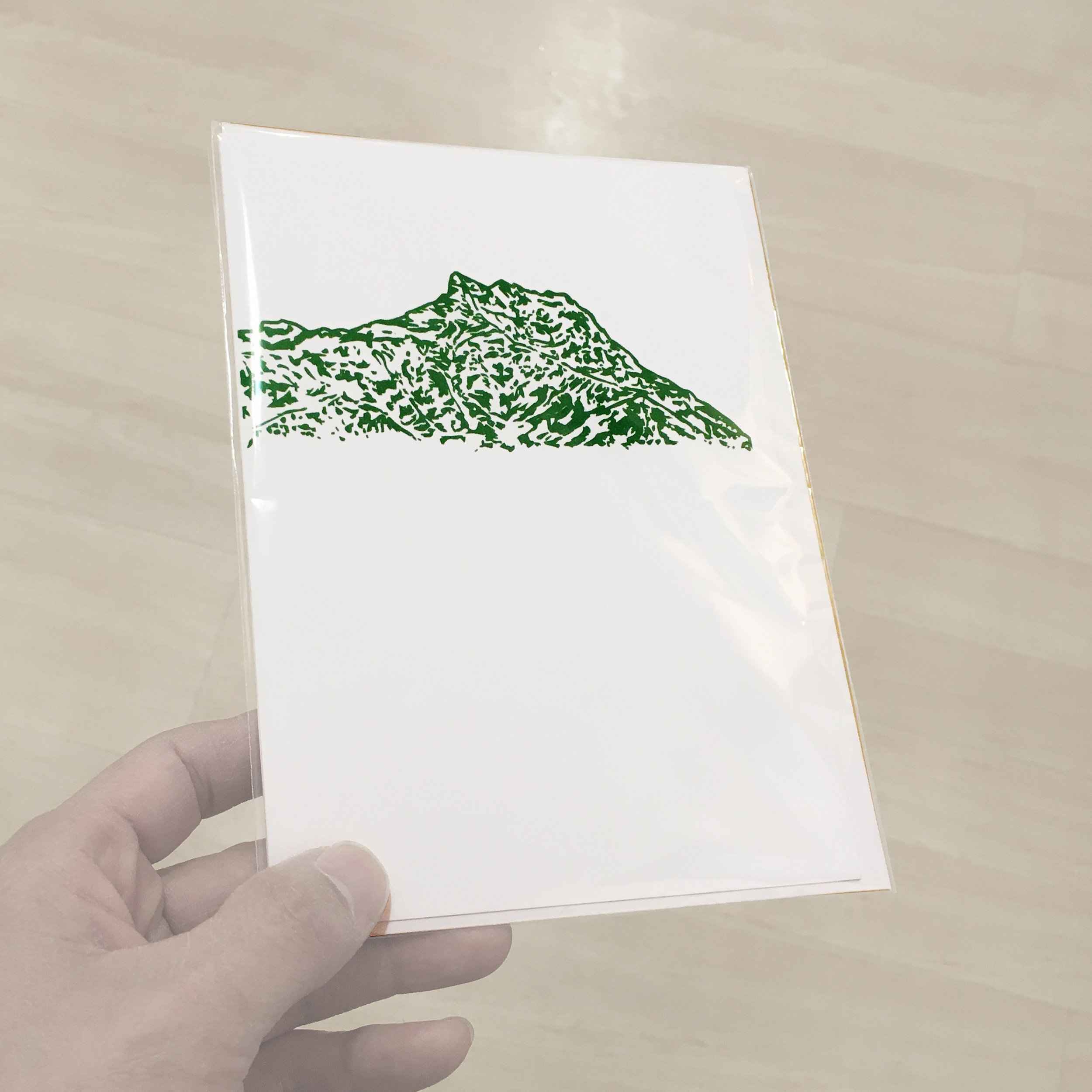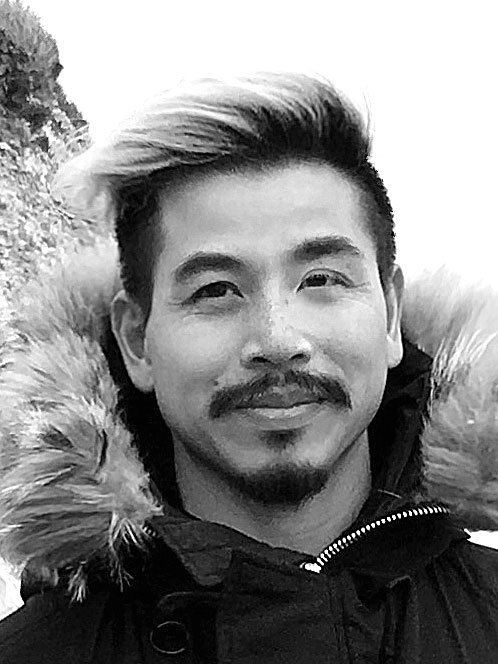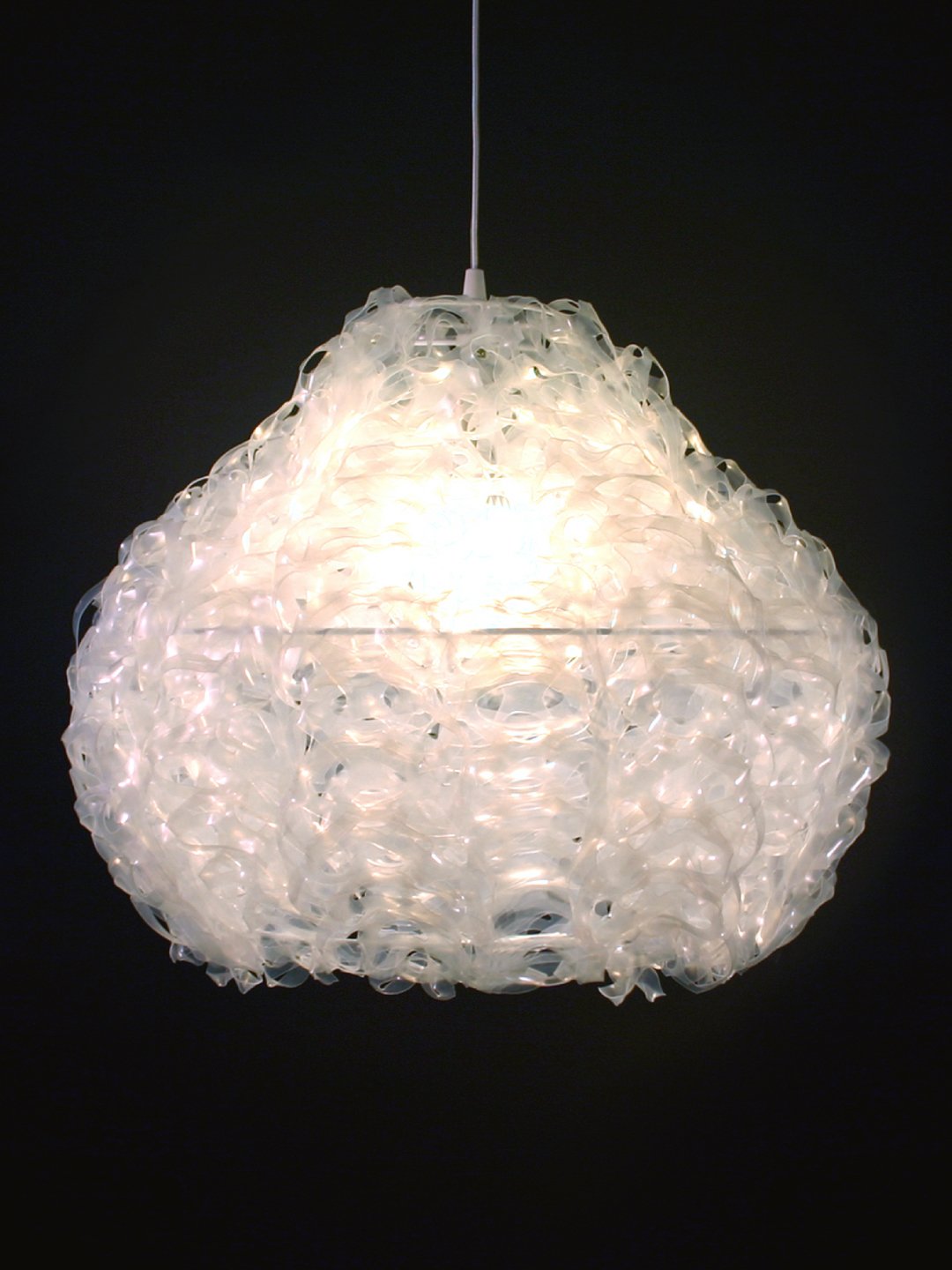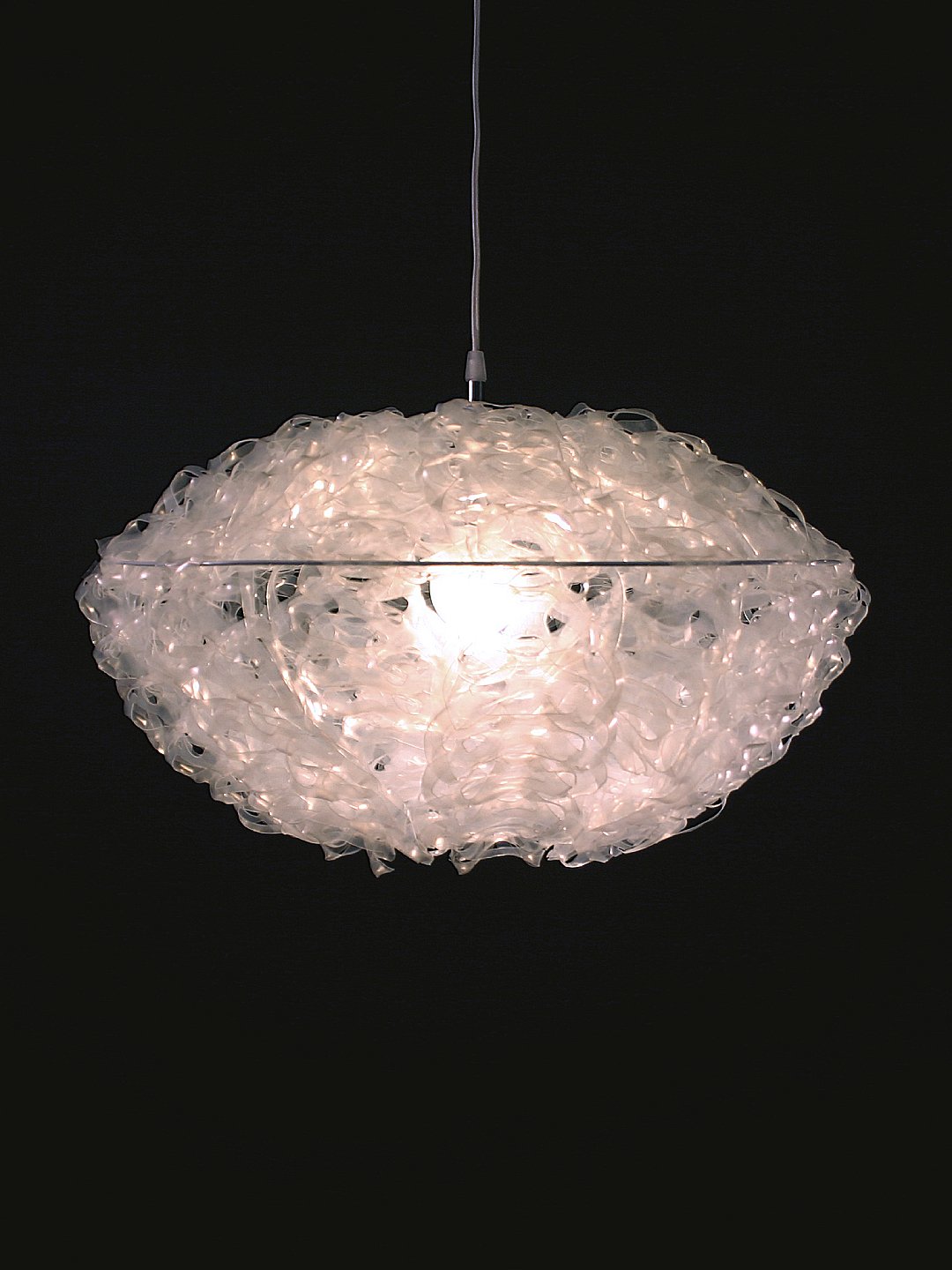How did becoming an association change the gallery?
As an association the focus is no longer over profit. The business plan has had a few tweaks but remains a stable strategy: a balance of exhibition space charged to the artists and a commission taken on sales - simply to pay the rent, overheads and insurance. Our strength is that we operate voluntarily and do not take any money out of the business or pay ourselves a salary. We all have employment elsewhere that keeps us individually and financially stable. The test has indeed been a fluctuating economy through the pandemic, and I am really happy that we are still open. Who’d have thought we would still be here for our 5th Birthday, even if COVID restrictions prohibit a big celebration!
What other challenges did you encounter in the beginning?
Hmm… In the beginning I was worried how well we would all get on and how each of us could play our different roles and take responsibilities, as we all had our own ideas. I was worried that we may not sell anything, that no one would like our art, that the locals wouldn’t accept us or that we simply couldn’t afford to pay the rent.
I’ve learned that there are bigger rewards in life than just making a profit, it is a thrill as an artist to sell your creations to customers and equally thrilling helping new artists to get established. I am genuinely as happy for each of the artists when they sell something as I am for myself. Each artist can make a profit and declare themselves individually, but the reward is in the fact that someone loves your work and wants to take it home and put it in a special place, or give it away to someone as a present.
I’m sure many people are happy Galerie Alpine is still going strong. What insights have you gained from the past five years?
I’ve learnt that this venture is for balancing mind and heart. Galerie Alpine is a space for being creative, feeling inspired, enjoying a quiet moment, meeting creative-minded people, sharing skills and ideas, and learning in the Atelier, where I give art classes. Being at the gallery is a happy place, and it is lovely to sell our locally grown artwork to people from all over the world. I had big plans for the project, until the pandemic hit, but I feel calm and philosophical and trust now that everything will be OK, that we can rekindle that fire again.
How has the gallery changed?
Naturally, there are fewer clients and tourists, this is inevitable given the current situation. Prior to the pandemic, we had really grown with many returning clients and more artists joining us, we still have around 20 in total. About half of the artists live locally and the other visiting artists originate from all over the world, but everyone has a personal connection with Villars-sur-Ollon. We also have a wider variety of artwork all inspired by an alpine theme; from abstract to high detail, the prices of the artwork reflect the time taken to produce the work and/or materials involved or how well known an artist may be overseas.
Closer to home, Rob has expanded his portfolio - his posters have become very popular. We have also naturalised as a couple, we are now as Swiss as our Cocker Spaniel, Bonnie! The association has joined the G.I.E.V.O who are very helpful and we are supported by the Tourist Office, so we feel much more a part of the community than before. We have also become a global community, since Bao joined us as an artist in 2019 he has moved to San Francisco, but continues to develop our website and manages our social media posts. It has been a little tricky working across time zones but in the name of art we all manage to make it work somehow.



